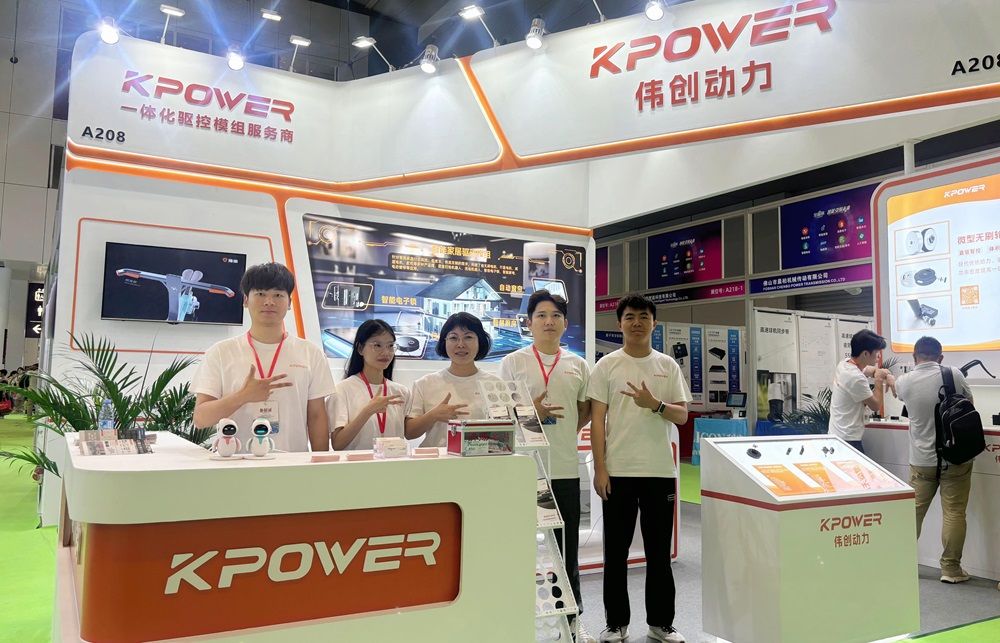In the fast-evolving world of electronics and robotics, Arduino stands out as one of the most accessible and versatile platforms for enthusiasts of all skill levels. Whether you’re a beginner just dipping your toes into the hobby, a student eager to understand how machines move, or an experienced maker expanding your toolkit, working with Arduino and servo motors provides a rewarding experience filled with learning and creativity.

Servo motors are small, precise actuators that are used extensively in robotics, RC vehicles, automation, and even art projects. They are different from regular motors in that they can rotate to a specific position, offering accurate control over movement. This makes them ideal for applications requiring precision, such as robotic arms, pan-tilt camera systems, or even automated door openers.
The beauty of integrating servo motors into Arduino projects lies in their simplicity and the immediate visual feedback they provide. It’s one thing to write code and see a blinking LED; it’s quite another to watch a robotic arm smoothly pick up objects or turn a camera to face a particular direction. This immediacy is what keeps hobbyists hooked.
Starting with simple projects not only boosts confidence but also builds fundamental skills—understanding PWM (Pulse Width Modulation), basic circuitry, microcontroller programming, and mechanical movement. Here, we'll explore some of the most straightforward yet highly rewarding Arduino projects involving servo motors that are perfect for beginners.
Project 1: Light-Activated Servo Rotation Imagine a treasure chest that opens when a light source shines upon it. This project involves attaching a servo motor to a small latch or lid, controlled by a light sensor (photocell). When the light shines on the sensor, Arduino triggers the servo to rotate, opening the chest.
Assemble a basic circuit: connect the servo's power and ground to Arduino, and connect the signal wire to one of Arduino’s PWM pins (e.g., pin 9). Connect the light sensor (a photocell or photoresistor) to analog input A0 with a resistor in a voltage divider configuration. When the sensor detects enough light—say, someone shines a flashlight—the Arduino reads the sensor value. If it crosses a threshold, it sends a command to the servo to rotate to a specific angle, opening the latch.
This simple project is excellent for understanding analog input reading, conditional programming, and servo control. Plus, it can be customized further with multiple sensors or even incorporating sound modules.
Project 2: Automated Plant Watering System Automatically watering your plants is a practical and fun application of Arduino and servo motors. In this project, a servo controls the valve of a water reservoir, allowing water to flow into the soil when needed. The system uses a moisture sensor inserted into the soil to monitor wetness levels.
The setup includes an Arduino, a servo motor connected to the watering valve, and a soil moisture sensor. The Arduino continuously reads moisture levels; if the soil becomes too dry, the program commands the servo to rotate, opening the valve and watering the plant. Once moisture reaches the desired level, the servo closes the valve.
This project combines sensor data processing, motor control, and real-world problem solving. It demonstrates how simple components can automate daily tasks and promotes sustainable gardening.
Project 3: Pan-and-Tilt Camera System A more engaging project involves creating a camera mount that can pan and tilt, controlled either manually or via remote signals. Two servo motors are used—one for horizontal movement (pan) and one for vertical movement (tilt). This setup is ideal for hobbyist surveillance, wildlife observation, or simply a fun robotics experiment.
All you need is an Arduino, two servos, a mount or frame for holding a small camera, and control inputs—such as potentiometers, buttons, or even Bluetooth modules for remote control. The Arduino reads inputs from the user, maps those inputs to servo angles, and moves the camera accordingly.
For added fun, you can integrate an ultrasonic sensor or IR distance sensor to make the camera automatically track a moving object. The simplicity of controlling movement through code and hardware makes it an excellent entry point into more complex robotics.
Project 4: Robot Arm for Picking and Placing A small robotic arm with servo-controlled joints can perform pick-and-place tasks. While advanced robotic arms can be complex, simple models with 2-3 servo joints are quite manageable as beginner projects.
Construct the arm using household materials or 3D-printed parts, then attach servos to the joints. Program the Arduino to move each joint to predefined positions, or even to follow simple paths. For example, the arm can pick up a small object from one spot and move it to another.
This project emphasizes inverse kinematics basics, coordination of multiple servos, and mechanical assembly. It’s a fantastic way to learn about robotics, programming sequences, and mechanical design.
In summary, these simple Arduino projects using servo motors demonstrate how beginner-friendly components can be combined to create impressive and functional gadgets. They serve as stepping stones into the expansive world of electronics and robotics—each project building foundational skills while sparking imagination. Whether it’s opening a treasure chest with light, automating plant watering, controlling a pan-tilt camera, or building a robotic arm, these projects underscore how accessible and rewarding working with Arduino and servo motors can be.
Feel free to customize these ideas, add your own twists, or scale up as your confidence grows. The key is to keep experimenting and enjoying the process of turning ideas into tangible, working inventions. Up next, we’ll delve into further project ideas, troubleshooting tips, and advanced tweaks to take your simple Arduino projects to the next level. Stay tuned for part 2!
Kpower has delivered professional drive system solutions to over 500 enterprise clients globally with products covering various fields such as Smart Home Systems, Automatic Electronics, Robotics, Precision Agriculture, Drones, and Industrial Automation.




































